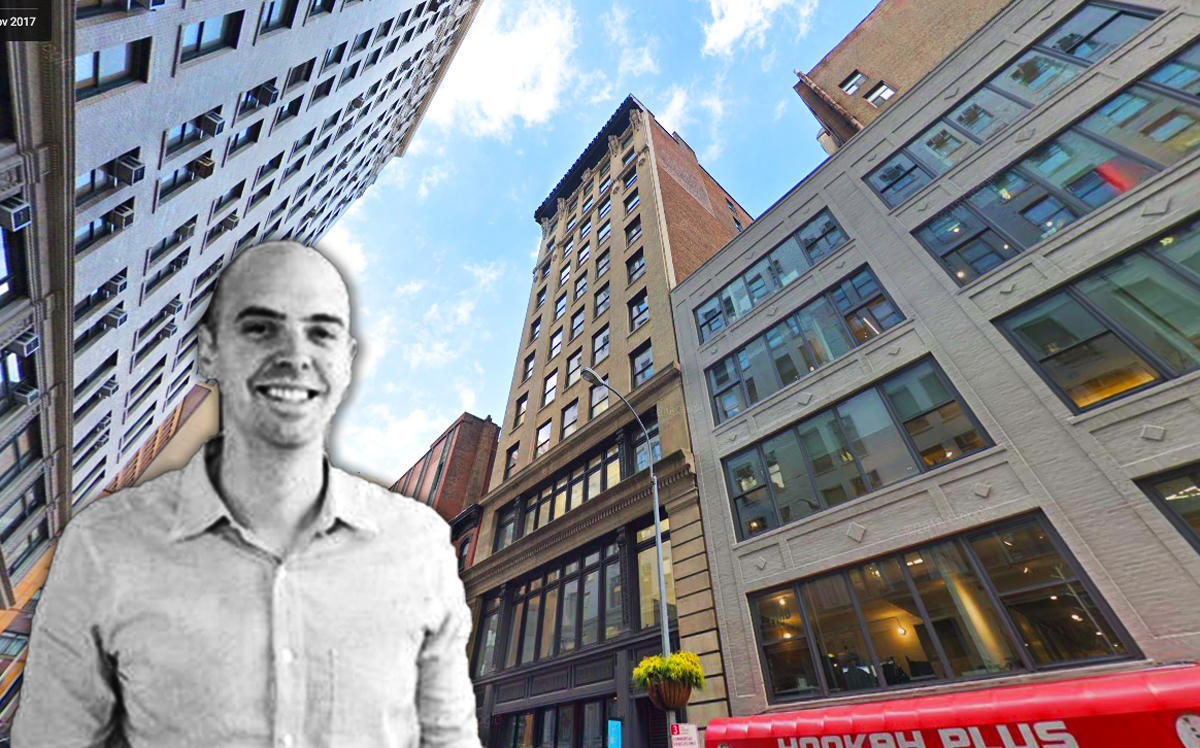When WeWork started off in 2010, it made a name for itself as a solution for freelancers and small companies in search of a desk. In recent years, it started targeting big corporations as customers. Now, the co-working giant is turning its attention to the office market’s forgotten middle class: firms with 10 to 250 employees.
“You’re going to start to see us do more and more stuff that’s going to target this business segment,” said WeWork’s chief growth officer David Fano.
The new brokerage and advisory venture WeWork Space Services, announced last week, is designed to appeal to these companies, Fano said. Firms sometimes come to WeWork in search of office space but wind up deciding they’d rather lease their own office from a traditional landlord.
“In diving deep into what that size of business needs, it starts to be a little different,” Fano said. “Things like their own brand and them having their own space is really what matters to them.”
Referring these cases to WeWork’s in-house brokers — which can help them find a traditional office space — allows WeWork to still keep them in its orbit. WeWork’s brokers can earn a commission, and the company can try to sell them on its online membership network and offer perks like HR services, conference rooms and events.
WeWork, which is valued at about $20 billion and remains under pressure to prove it can capture new revenue streams,
is also starting to design spaces for small-ish companies that want their offices to look more distinct, and less like any other WeWork location.
“What we’ve never really done is thoughtfully build space with these companies in mind,” said Michael Hershfield, who is in charge of WeWork’s “medium business segment.” For example, the company will let some tenants to display their own branding more prominently and to get their own exclusive conference rooms and telephone booths.
Ashkan Zandieh, who runs the real estate tech research outfit RE:Tech, said it makes “complete sense” for WeWork to pay more attention to mid-sized tenants. They make up the largest chunk of the office market, and tend to move in and out of spaces more often than larger firms. “The demand for services is extremely high,” he said.
“It’s a traditionally underserved part of the market,” added Jonathan Wasserstrum, whose brokerage The Square Foot focuses on small- to mid-sized tenants.
WeWork’s lease signings also betray a growing interest in mid-sized companies. In early July, for example, the company inked a 12,000-square-foot lease for two floors at the Kaufman Organization’s 15 West 27th Street — a far cry from the 50,000-square-foot-plus deals the company usually signs in New York.
Signing smaller leases can help WeWork appeal to companies who want their own distinct space and don’t want to be one of 100 companies in a giant co-working space. “If you want to walk out the elevator and only see your logo — a lot of companies like that,” Wasserstrum said.
WeWork’s strategic shift comes as rival flexible office companies are starting to make inroads with small and mid-sized tenants — most notably Knotel. The company has opened dozens of locations in New York City over the past year-and-a-half. It generally signs smaller leases than WeWork and spends less money and effort building out its spaces, which means each location looks more distinct. That can appeal to companies that want to incorporate more of their own design and that balk at the generic co-working look. Last year, WeWork offered a year of rent free to tenants at Knotel and other flexible office companies that switch over.
Hershfield dismissed the suggestion that WeWork’s new focus on mid-sized tenants is a reaction to Knotel’s rise. “It’s not about what other people are doing,” he said.
“That’s a joke,” countered Knotel’s CEO Amol Sarva. “They spend a year making 100-percent discount offers to our customers before they realize they have to change the way they do business, not just their pricing.”




